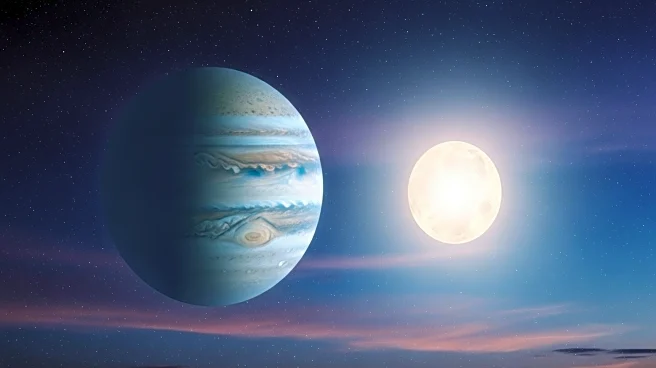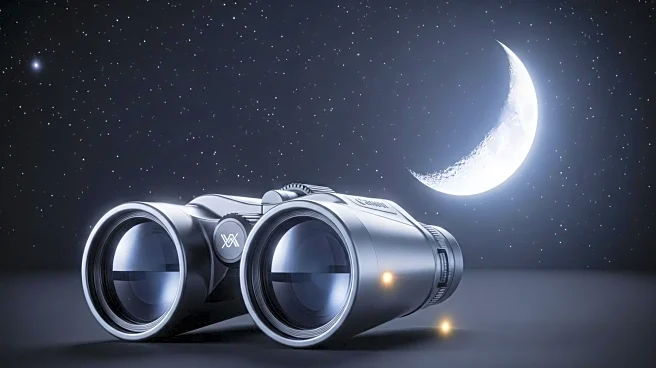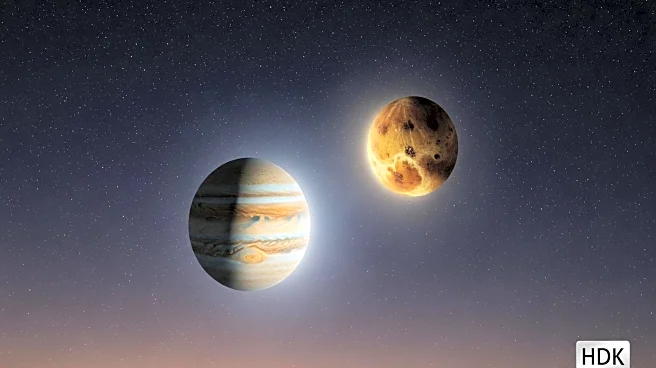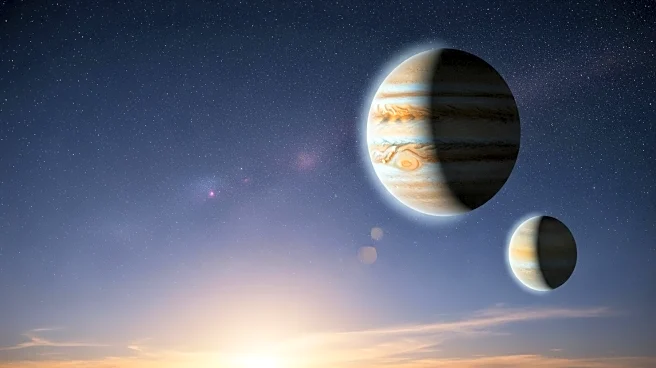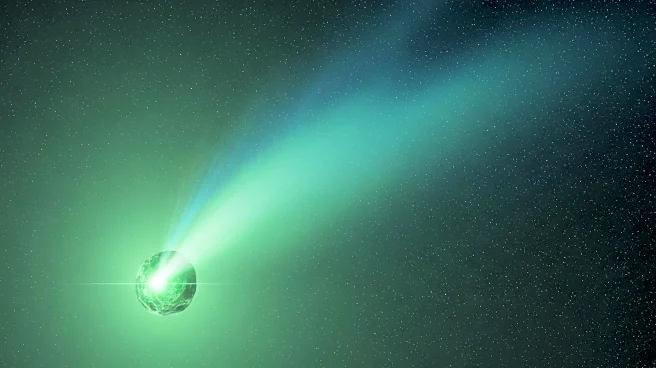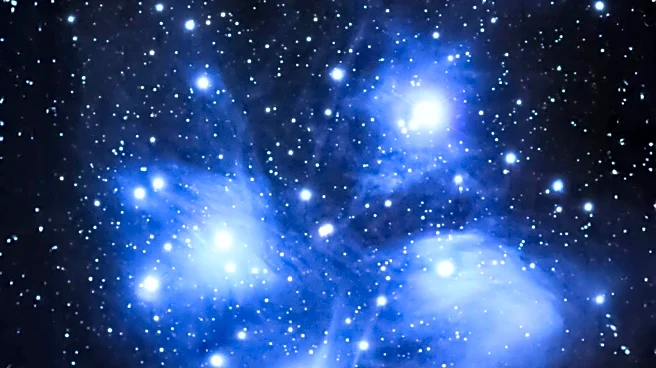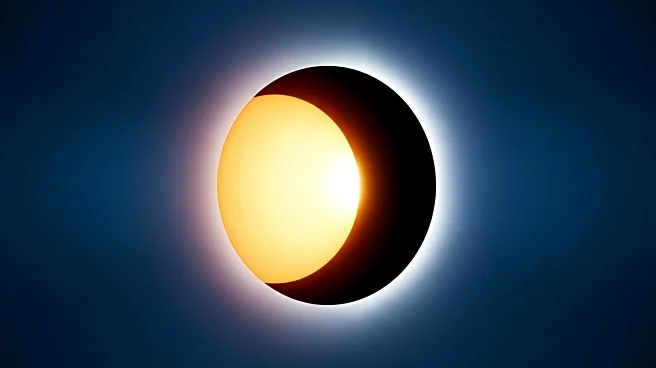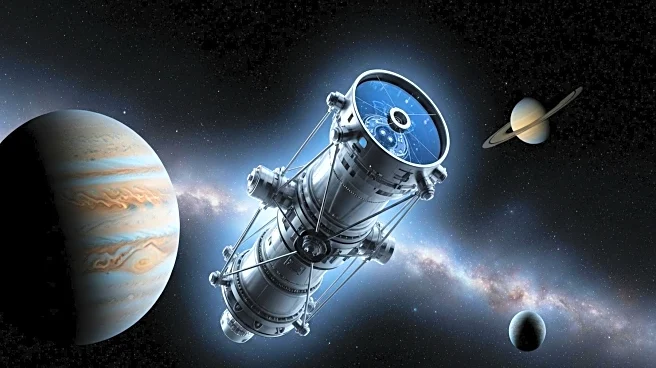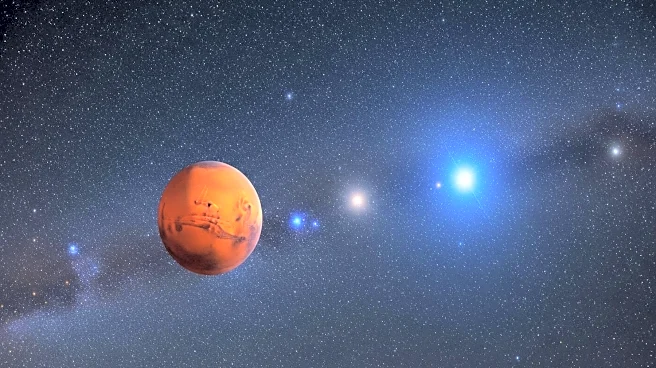What is the story about?
What's Happening?
Jupiter and Venus are prominently visible in the pre-dawn sky, rising at approximately 1:30 AM and 4:15 AM local daylight time, respectively. Jupiter, with a magnitude of -2.0, is significantly brighter than Pollux and Castor in Gemini. Venus, with a magnitude of -3.9, is exceptionally bright in the eastern sky near the constellation Leo, approximately 10° above the horizon around 5:15 AM. The planets' positions are noted along the ecliptic, with Venus approaching Regulus over the following days. This celestial event provides an opportunity for observers to trace the ecliptic and enjoy the bright display of these planets.
Why It's Important?
The visibility of Jupiter and Venus in the pre-dawn sky offers a unique opportunity for amateur astronomers and sky enthusiasts to observe these planets in conjunction with other celestial bodies. The brightness of these planets makes them easy to spot, even for those without advanced equipment. This event highlights the dynamic nature of our solar system and encourages public interest in astronomy. Observing such phenomena can foster educational opportunities and inspire future generations to explore space science.
What's Next?
As Venus continues to approach Regulus, observers can expect changes in the positions of these celestial bodies over the coming days. This movement along the ecliptic provides ongoing opportunities for observation and study. Astronomy enthusiasts may plan viewing sessions to capture these changes and share their findings with the community. Additionally, upcoming sky events may further engage the public in astronomical activities.
AI Generated Content
Do you find this article useful?
